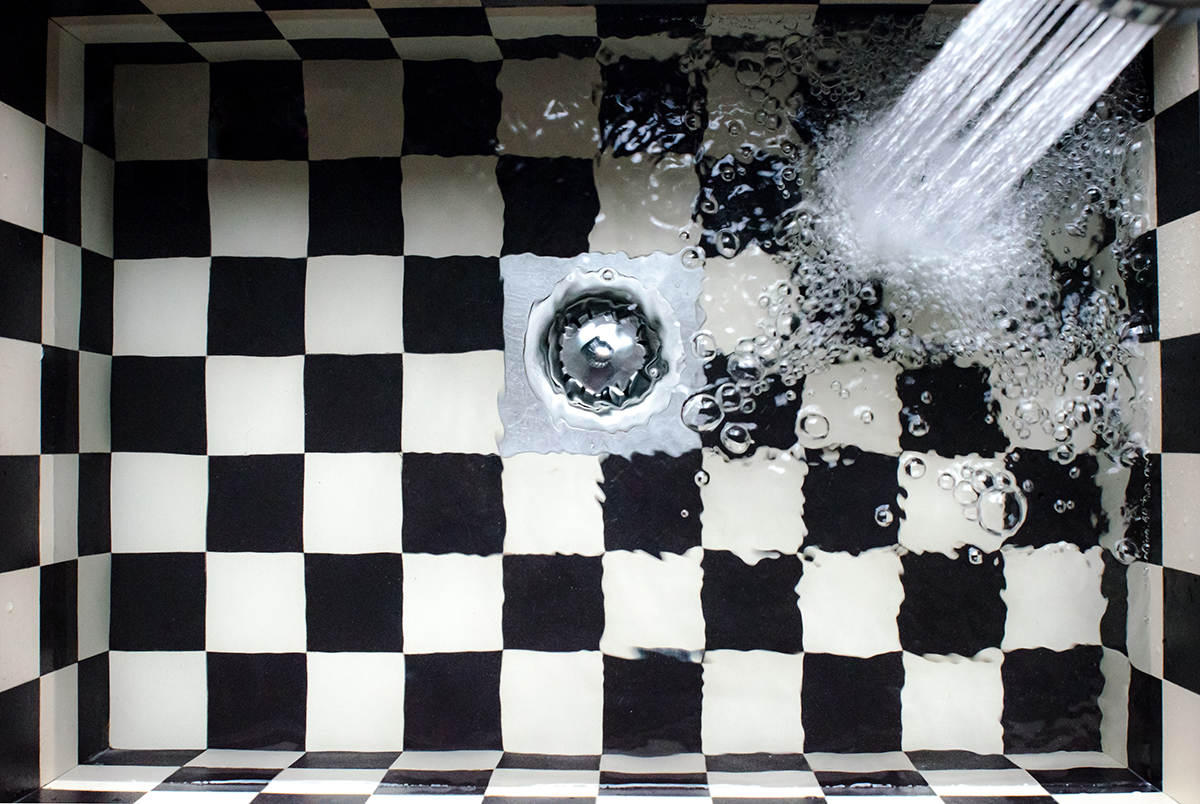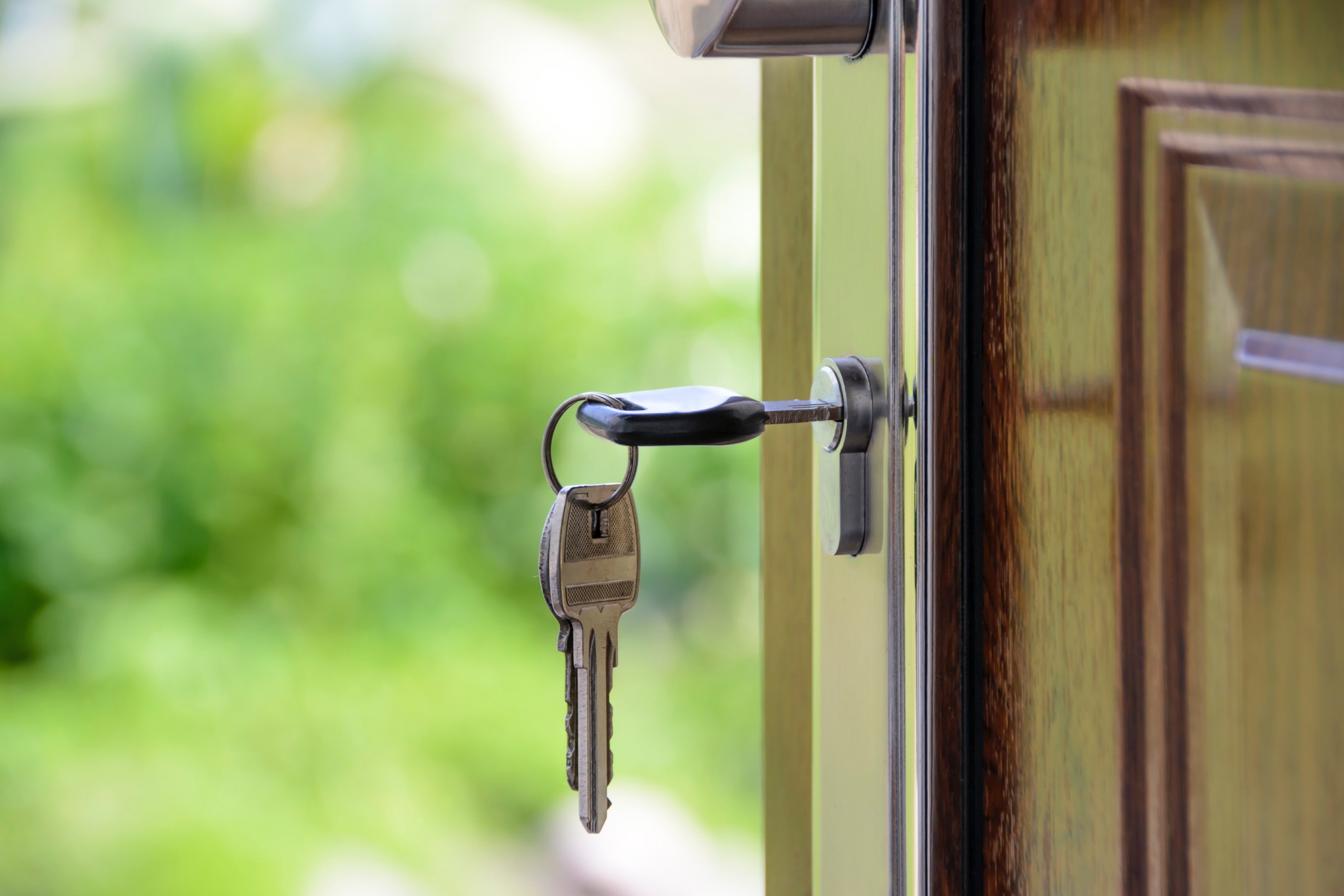Fixing up your home may sound intimidating, but it doesn’t have to be. While major repairs should be left to the professionals, there are a few super easy home repairs you can undertake yourself. Knowing how to fix things at home is going to save you plenty of money in the long run and can come in really handy if there are no professionals available at short notice. Here are six super easy home repairs you can definitely accomplish yourself!
“Sticky” windows
Windows, particularly those with iron frames, can begin to stick after years of wear and tear. Fortunately, getting them back to sliding smoothly does not require a professional. All you really need is a silicone-based lubricant, such as the one by WD-40. Make sure that it’s safe to use on your window’s material, spray up the window hinges and violà, they will open and close like brand new frames! Top tip: you can use the same lubricant for locks, drawers and other sticking items.
Clogged drains
Clogged drains often seem impossible to fix. After all, no one wants to reach down the drain and unearth whatever might be clogging it. However, it’s actually incredibly easy and can often be done with things you already have at home. The simplest and most environmentally friendly solution is a mix of hot water, distilled white vinegar and baking soda. Start by mixing the baking soda and vinegar and pour the mix down the drain to clean up grime and dirt. After a few minutes, add some hot water to melt away stubborn residue. Not only does this clear your drain, the mix of baking soda and vinegar also helps to absorb and cover unpleasant odours.

Dripping faucets
This one requires a bit more research and work than the other repairs, but once you get the hang of it it’s simple enough to put into practice. No matter what kind of faucet you have, you will want to prep your repair by turning off the water and plugging the sink drain to avoid the loss of small bits and pieces. Then it’s time to find out what kind of faucet you have, the main distinction being the number of levers that control the water temperature.
Your best bet is to check your faucet’s brand and look for instructions on the brand’s website to make sure you don’t damage any parts. In most cases, tightening a dripping faucet involves disassembling the parts, using a wrench to do the actual tightening, and putting everything back together.
Broken light bulbs
While changing a light bulb sounds like a complicated process, it’s actually quite simple in practice. The most important step is to buy a replacement that matches your light fixture. Make sure to turn off the power in the house to avoid electrocuting yourself, then unscrew the broken light bulb. If you can’t figure out what kind of light bulb it is by yourself, take it to a homeware shop and ask a staff member for help. Once you have your brand new light bulb, turn the power off once more and screw or push it into the light fixture until it locks in place. You can then turn the power on again. Easy peasy!

Damaged walls
Whether you have restless children, energetic pets or even just tables with sharp corners, your walls are fairly susceptible to damage. Thankfully, they are also quite easy to fix.
No matter the size of the damage, you will need to start off your repair by removing any debris from the area and sanding it smooth. If the hole is fairly small, simply fill it with spackling paste, such as the DAP DryDex Spackling Paste, wait for the paste to dry, sand it again, and paint over it. For larger holes, cover the damage with a wall repair patch before applying the spackling paste and sanding everything down again, then finally apply a layer of paint to cover up the mess.
Old locks
Changing a rusty, old door lock is surprisingly easy. All you need is a few tools to remove screws and a brand new lock that matches your door. Ideally, take a few close-up pictures of your door and show them to a staff member at your local lock shop for guidance. Once you have a new lock, remove your old deadbolt by unscrewing the different parts and finally attach the new model according to the instructions. Test your new door and make sure everything is attached properly. Not only does this save you a lot of money, it will also give you peace of mind to know that your home was secured by your own two hands.




